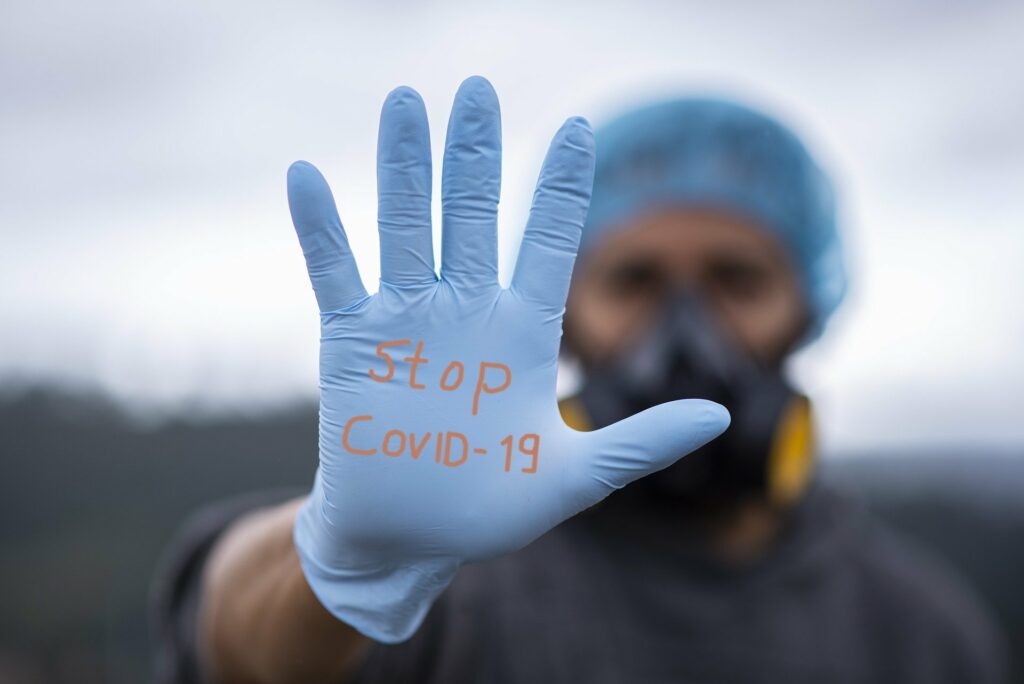The Parliamentary Standing Committee on Health has observed that the total number of government hospital beds are inadequate to deal with the rise in cases of COVID-19. It also noted an underutilization of beds provided by the Ministry of Railways. For example, 813 railway coaches with 12,472 beds were converted into COVID care centres and only 454 COVID-19 patients were admitted in these centres.
It also noted that the closure of out-patient departments in government hospitals impacted the delivery of care to non-COVID patients, especially sexual and reproductive care services. It recommended monitoring of empanelled hospitals to ensure that treatment for non-COVID illnesses is not denied.
The Committee observed a shortage of healthcare workers due to vacancies in state-run hospitals. It suggested that health workers from districts with lower case burden may be redirected to districts with a higher burden of COVID-19 cases.
It also suggested that AYUSH doctors may provide assistance in areas with a shortage of allopathic doctors or COVID-19 hospitals and centres. It recommended that standard operating procedures for deployment of trained AYUSH manpower to states should be prepared.
ALSO READ| Government Issues Post Covid-19 Management Protocol
On vaccination, the Committee recommended the whole population should be vaccinated.
In this regard, the Committee suggested that:
- The cost of the vaccine should be subsidised for weaker sections of society
- The cold-storage system across the country should be upgraded, and
- The vaccines should be administered as per the WHO’s strategic allocation approach or a multi-tiered risk-based approach.
Standing Committee Report Summary says:
Outbreak of pandemic COVID-19 and its management The Standing Committee on Health and Family Welfare (Chair: Mr. Ram Gopal Yadav) submitted its report on the outbreak of the COVID-19 pandemic and its management. COVID-19 was declared a pandemic by the World Health Organisation on March 11, 2020. As of November 25, 2020, India has 92,22,216 confirmed cases and 1,34,699 deaths due to COVID-19. The Committee noted that there is a downward trend in COVID-19 cases, however the threat of a second wave is high.
In this regard, it recommended:
Financing the health sector: The Committee recommended that healthcare spending should be increased to 2.5% of the GDP (as compared to 1.6% of GDP in 2019-20) within two years. Further, it suggested that emphasis should be given to spending on primary healthcare.
Health infrastructure: The Committee observed that the total numbers of government hospital beds were inadequate to deal with the rise in cases of COVID-19. Further, it noted an underutilization of beds provided by the Ministry of Railways. For example, 813 railway coaches with 12,472 beds were converted into COVID care centres and only 454.
COVID-19 patients were admitted in these centres. To deal with the burden on the existing health infrastructure, the Committee recommended that the private healthcare sector should be supported. It noted that the cost and price set for COVID-19 treatment by the government was causing small private hospitals to shut down. It suggested that the government institute fair costing and pricing for COVID-19 treatment in private hospitals.
ALSO READ| Those Who Recover From Infection Also Should Follow COVID-Appropriate Behaviours: Health Ministry
Healthcare workers: The Committee observed a shortage of healthcare workers due to vacancies in state run hospitals. It recommended that these vacancies be filled at the earliest. Further, it suggested that healthcare workers may be redirected to districts with a higher burden of COVID-19 cases from districts with a lower burden of cases. To streamline healthcare delivery, the Committee recommended the creation of the Indian Health Service as a public health cadre similar to the Indian Administrative Service.
To assist healthcare workers during the pandemic, the Committee recommended that health workers have defined work hours and leaves.
Further, it recommended:
- Paid sick leave, and
- Timely
- Payment of salaries, for health workers.
Testing and tracing: The Committee noted that poor contact tracing and less testing could have been a factor in the growth of COVID-19 cases. Further, it observed that the large scale use of rapid antigen tests (which are less reliable than the RT-PCR tests) may adversely impact the containment strategy. The Committee recommended that the number of testing facilities should be increased and accurate tests, such as the RT-PCR test, should be utilised.
Treatment: The Committee recommended that drugs should only be prescribed for COVID-19 treatment after multi-centric trials and detailed study.
Further, clear guidelines for the safe use of drugs for treatment of COVID-19 should be issued.
Vaccines: The Committee recommended that a vaccine should pass all phases of clinical trials before it is made public. Further, it recommended that the whole population should be vaccinated.
In this regard, the Committee suggested that:
(i) The cost of the vaccine should be subsidised for weaker sections of society,
(ii) The cold-storage system across the country should be upgraded, and
(iii) Vaccines should be administered as per the World Health Organisation’s strategic allocation approach or a multi-tiered risk-based approach.
Treatment of non-covid illnesses: The Committee noted that the closure of out-patient departments in government hospitals impacted the delivery of care to non-covid patients, especially sexual and reproductive care services. It recommended monitoring of empanelled hospitals to ensure that treatment for non-covid illnesses is not denied.
Role of AYUSH: To assist the allopathic sector, the Committee recommended that AYUSH systems should be utilised to combat the pandemic. Further, it recommended the integration of AYUSH with allopathy to:
(i) Give medical students an understanding of preventative healthcare and community medicine, and
(ii) Equip AYUSH practitioners to provide primary healthcare.
The Committee suggested that AYUSH doctors may provide assistance in areas with a shortage of allopathic doctors or COVID-19 hospitals and centres. It recommended that standard operating procedures for deployment of trained AYUSH manpower to states should be prepared.

